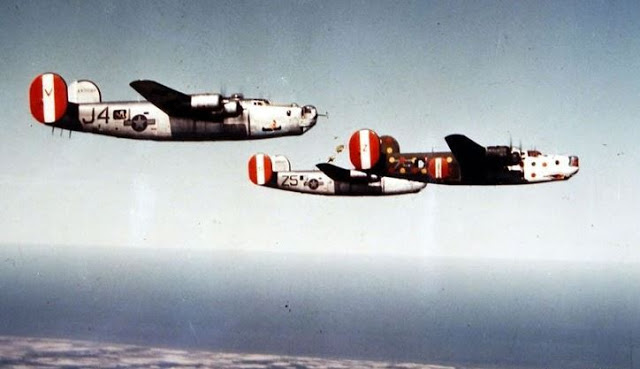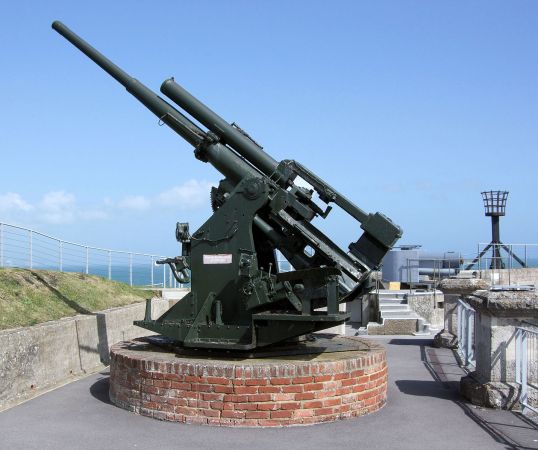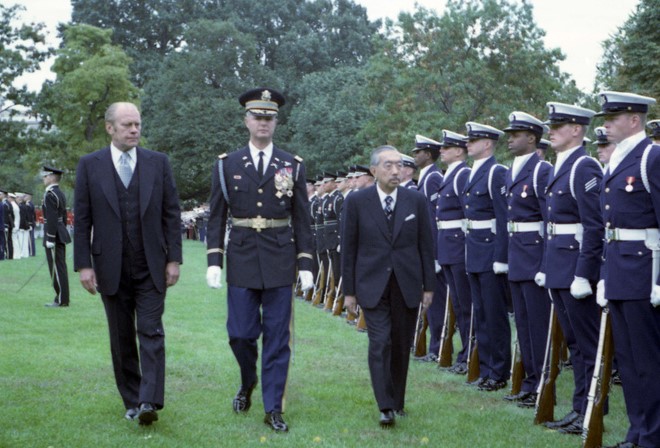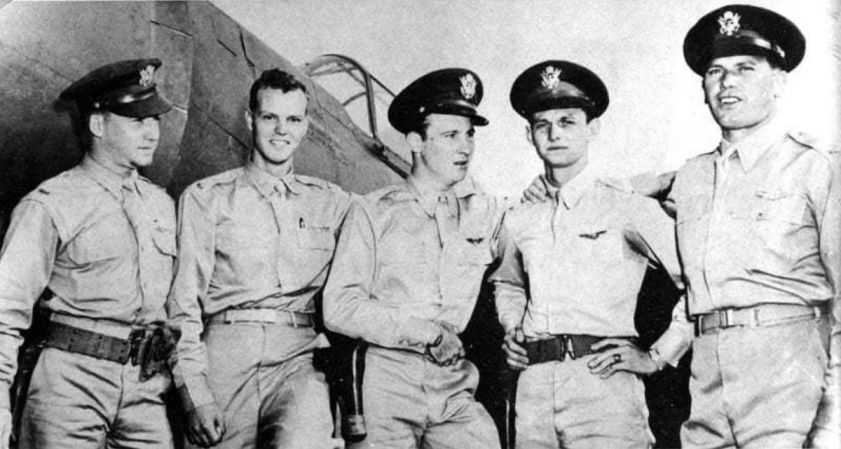It’s difficult to imagine being a bomber pilot in World War II, especially these days, with the technological innovations that are an inherent part of being a U.S. military pilot. In the earliest days of bomber aviation, things like radar and other means of tracking friendly aircraft didn’t exist, and pilots had only their sight and rudimentary instruments to guide them. When flying in huge massed formations of bombers, pulling a single bomber out of the pack was next to impossible.
So Army Air Forces leadership made it easier for them to recognize the formation where they needed to be. They did it by using some very interesting designs for bomber pilots to fall in behind.
These majestically painted aircraft were called Lead Assembly Ships.
Painted in bright colors, sometimes with equally magnificent designs like zig-zag lines and polka dots, they made an easy find in the sky for fellow bomber pilots.

Lead Assembly Ships would be the first to take off and form up into previously assigned positions. Being easy to spot in the daylight hours, subsequent bomber pilots would be able to find them and fall into formation.
When a bombing formation of 10-20 planes goes up into the sky it might be easy to find the right position for your flight over enemy territory. This is not the case for some of the larger bombing raids undertaken by the Army Air Force in World War II.
The bombing runs over Cologne, Germany were sent there to destroy critical Nazi war production infrastucture there, including arms factories and chemical production plants. To accomplish this, defeat the German air raid defenses and ensure the planes hit their targets, the Allies sent up 1,000 bombers to fly over the targets.
Now imagine being one bomber pilot in a formation of a thousand others who look just like everyone else, and trying to fall in behind a lead plane that also looks just like you. This is why the bright colors and polka dots were so effective.
The Lead Assembly Ships would fly out only to a certain point to ensure the bombers were in the right place as they took off for enemy territory, then they would fly back to friendly airspace. Being a World War II bomber pilot was dangerous enough without flying over the target in a bright red candy cane striped aircraft. Begging for all the flak you could handle.
There were other specially painted aircraft used for various purposes. The British used pink-colored fighter aircraft to conduct reconnaissance patrols during daybreak and sundown, so the color of the aircraft would blend into the bright colors of the sky at dusk.
Other uses for oddly-painted aircraft were for use in combat, when the aircraft colors could help keep fighters and other planes from becoming targets for enemy fighters. All-white colored airframes could blend more easily in a cloudy sky and make it difficult for enemy pilots to see the outline of a plane, for example.
As for the bomber formations, they weren’t all colored with strange designs. Some were still using the subdued green, yellow, and white colors used by other aircraft and would go over the target, but they were still subtly different, making it easier to spot your bomb wing leader to gather for a major bombing run.

























